Sale!
Description
The dataset on Icelandic population by age, spanning from 1841 to 2019, provides a comprehensive view of demographic trends in Iceland over nearly two centuries. It likely includes information such as the total population size and the distribution of population across different age groups for each year within the specified timeframe. This dataset serves as a valuable resource for analyzing historical population dynamics, understanding changes in age structures, and identifying demographic shifts that have occurred in Iceland over time.
Uses:
Uses:
- Historical Analysis: Researchers use the dataset to conduct historical analyses of demographic trends in Iceland, examining changes in population size and age distribution over the past 180 years.
- Policy Planning: Government agencies and policymakers utilize the data to inform policy planning related to healthcare, education, social services, and retirement, based on population age profiles.
- Public Health Research: Public health researchers analyze the dataset to study patterns of mortality, fertility, and disease prevalence across different age groups over time.
- Economic Studies: Economists use the dataset to explore the relationship between population age structures and economic indicators such as labor force participation, productivity, and consumption patterns.
- Urban Planning: Urban planners and developers utilize demographic data to anticipate future population trends and plan infrastructure, housing, and public services accordingly.
- Educational Research: Educational researchers examine demographic trends to understand the implications for school enrollment, educational attainment, and workforce development.
- Social Science Studies: Sociologists and anthropologists analyze demographic data to investigate social changes, family structures, and intergenerational relationships within Icelandic society.
- Market Research: Businesses and marketers use demographic data to identify target demographics, assess consumer preferences, and develop marketing strategies tailored to different age groups.
- Tourism Planning: Tourism planners utilize demographic information to understand visitor demographics, plan tourism infrastructure, and design tourism experiences catering to different age segments.
- International Comparisons: Researchers compare Icelandic demographic trends with those of other countries to gain insights into global demographic patterns, population aging, and demographic transitions.
Purposes:
- Understanding Population Dynamics: The dataset provides insights into how Iceland’s population has evolved over time in terms of size, age distribution, and demographic composition.
- Identifying Population Trends: Analysts can identify long-term population trends, such as population growth, aging, and shifts in age structures, by examining the data over multiple decades.
- Assessing Demographic Changes: Policymakers use the dataset to assess the impact of demographic changes, such as changes in fertility rates or life expectancy, on society and the economy.
- Forecasting Future Demographics: Demographers use historical data to develop projections and forecasts of future population trends, helping policymakers plan for future demographic challenges and opportunities.
- Informing Social Policies: Social policymakers use demographic data to design and implement social policies related to healthcare, pensions, eldercare, and family support programs.
- Healthcare Planning: Healthcare providers use demographic information to plan healthcare services, allocate resources, and address the healthcare needs of different age groups within the population.
- Supporting Age-Specific Programs: The dataset helps identify age-specific needs and inform the development of programs and services targeting specific age groups, such as childcare, education, and senior care.
- Promoting Healthy Aging: Public health initiatives aimed at promoting healthy aging and addressing age-related health issues can be informed by insights gained from analyzing demographic data.
- Studying Demographic Transitions: Researchers study demographic transitions, such as shifts from high fertility and mortality rates to low rates, by analyzing changes in population age structures over time.
- Documenting Historical Changes: The dataset serves as a valuable historical record documenting demographic changes in Iceland, preserving information for future research and analysis.
Only logged in customers who have purchased this product may leave a review.
Related products
-
- Sale!
Tree Map
-
$ 15Original price was: $ 15.$ 10Current price is: $ 10. - Add to cart
-
- Sale!
Normal Quantile Plot
-
$ 15Original price was: $ 15.$ 10Current price is: $ 10. - Add to cart
-
- Sale!
Nested Tree Map
-
$ 15Original price was: $ 15.$ 10Current price is: $ 10. - Add to cart

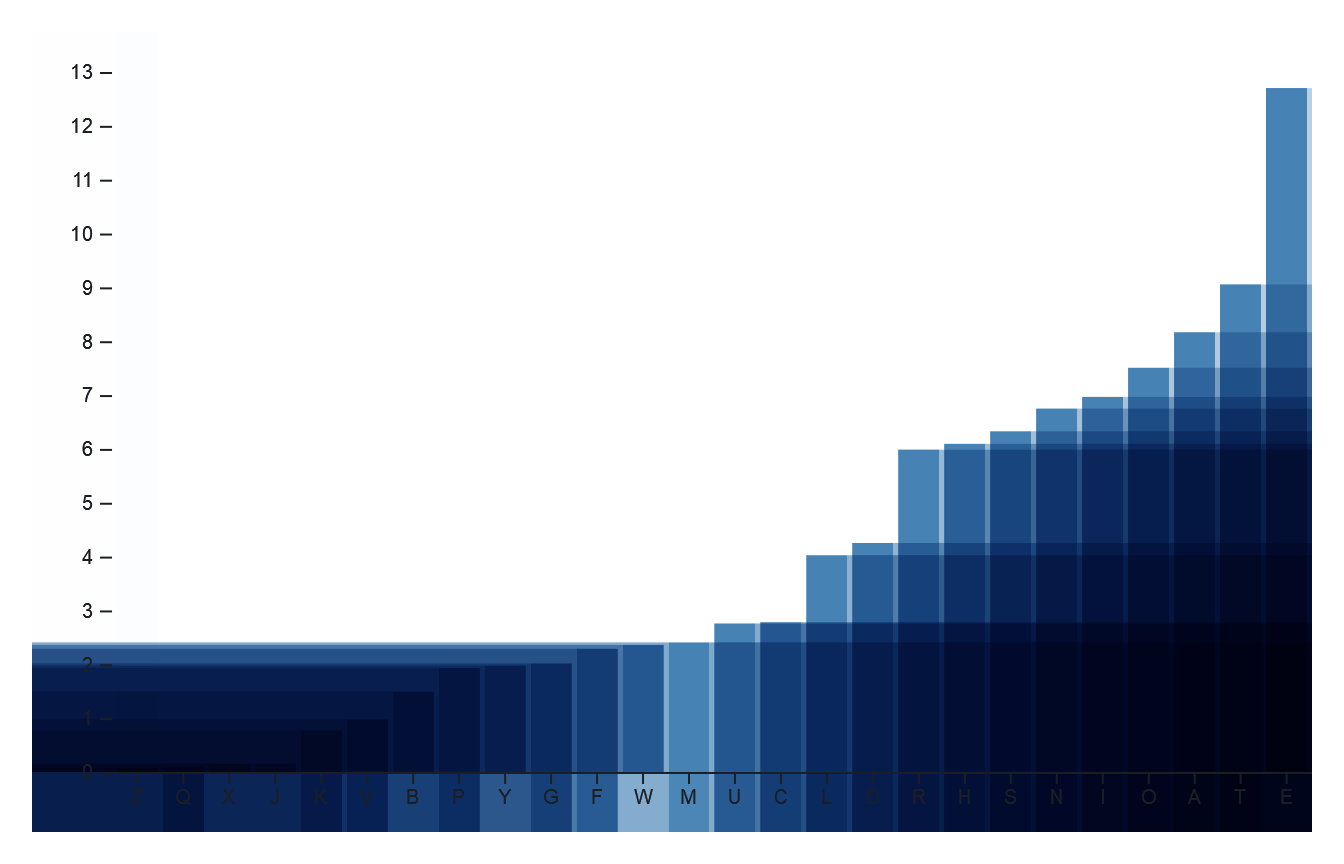
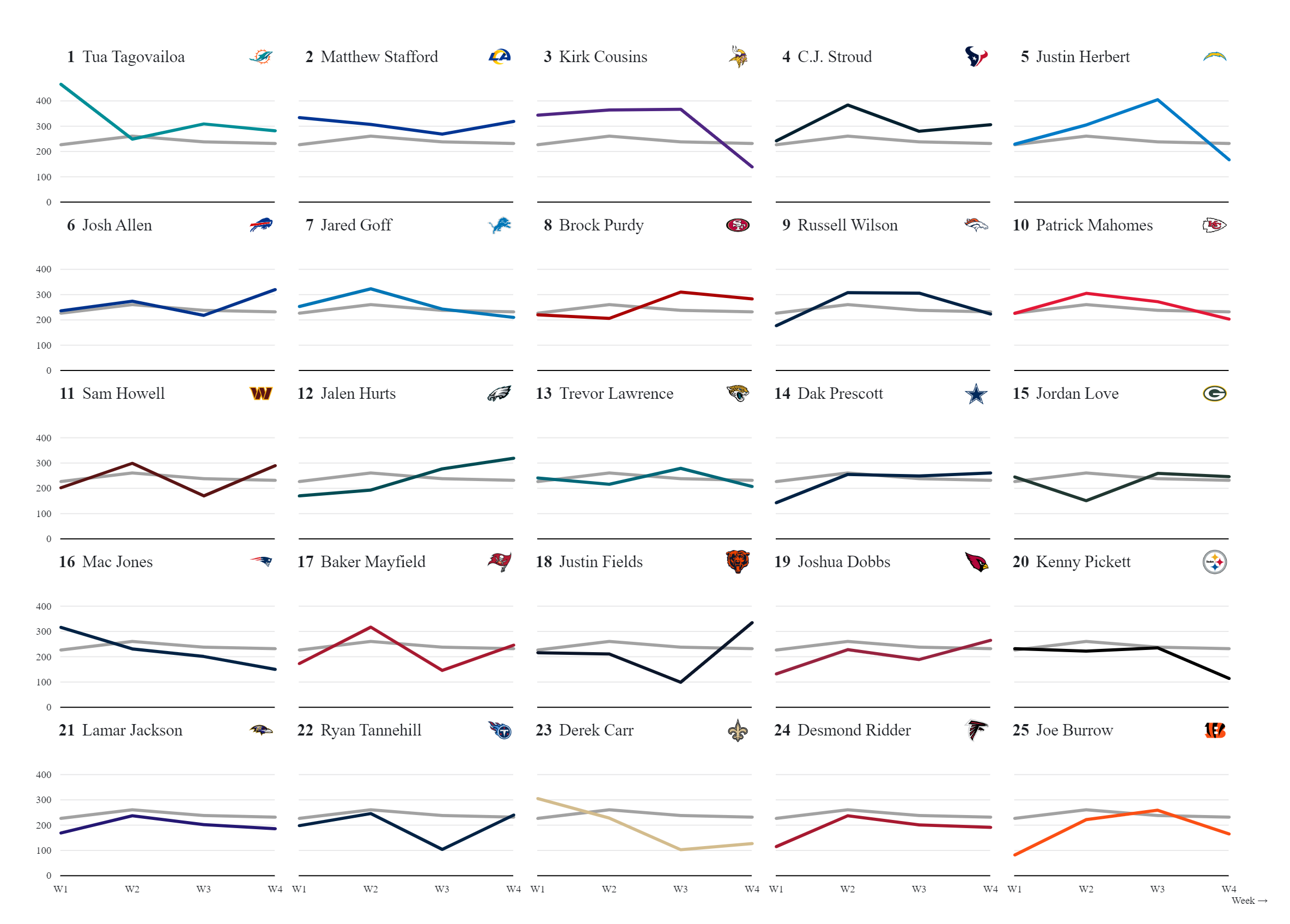
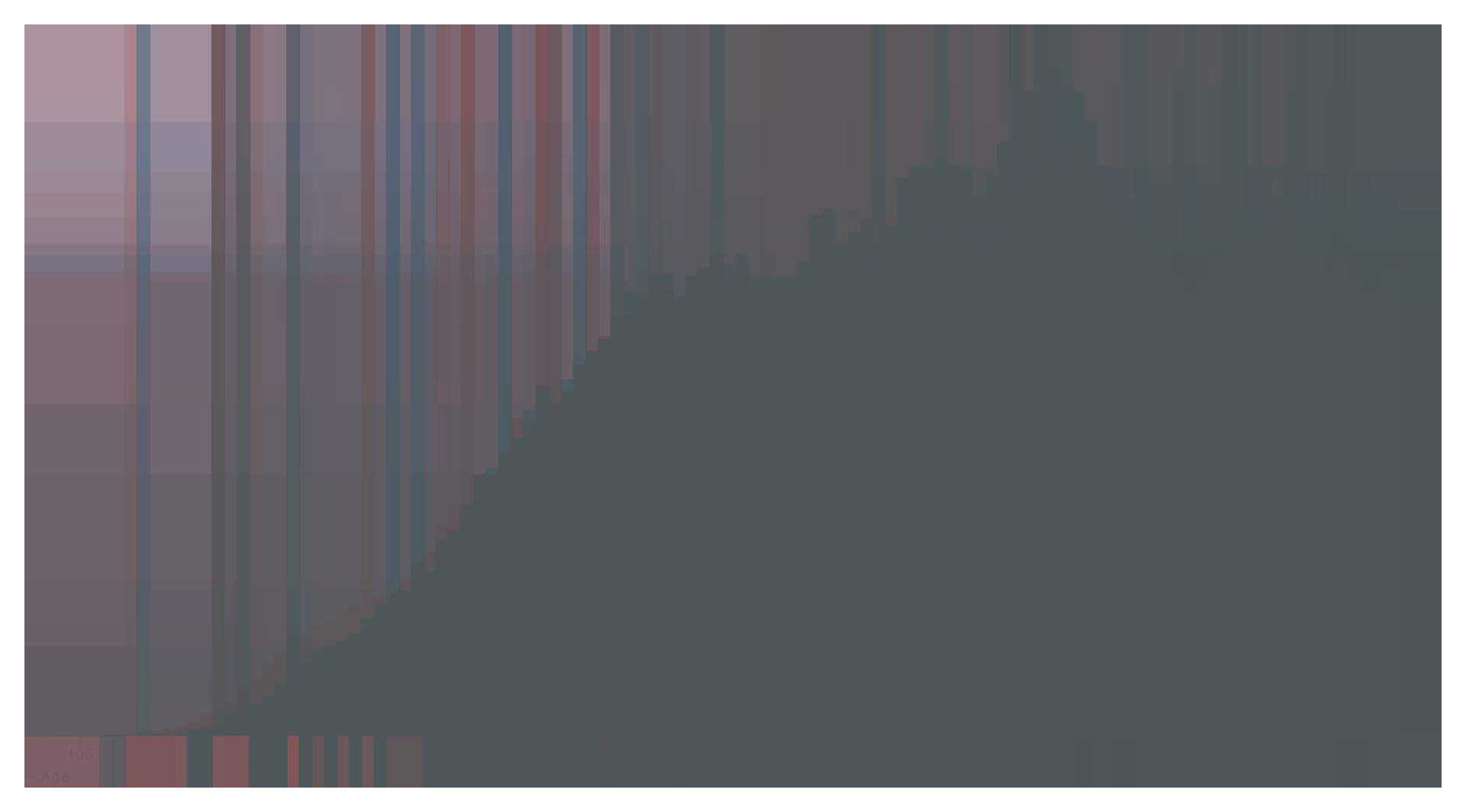
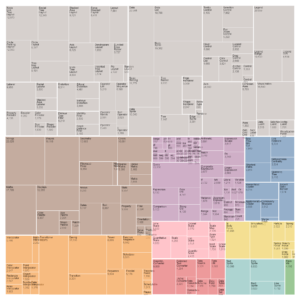
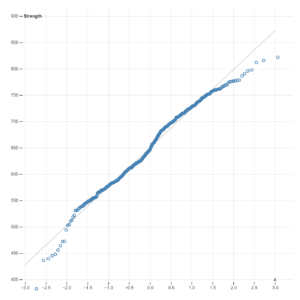
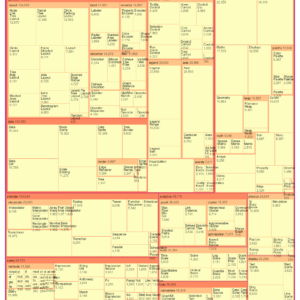
Reviews
There are no reviews yet.